ما هو الدنيم: دليل شامل

Table of Contents
- Introduction to Denim
- Origins and Evolution of Denim
- Materials and Weaving Techniques
- Major Types of Denim
- Advantages and Disadvantages of Denim
- العناية بالدنيم وصيانته
- Denim Shrinkage & Prevention Tips
- خاتمة
1. Introduction to Denim
الدنيم is a sturdy cotton twill fabric, iconic for its use in جينز. Woven in a نسج مائل 3/1, it features indigo-dyed warp threads over undyed weft threads, creating the classic blue-and-white contrast. This structure causes denim to fade naturally, developing unique patterns in high-wear areas, making every piece distinct.
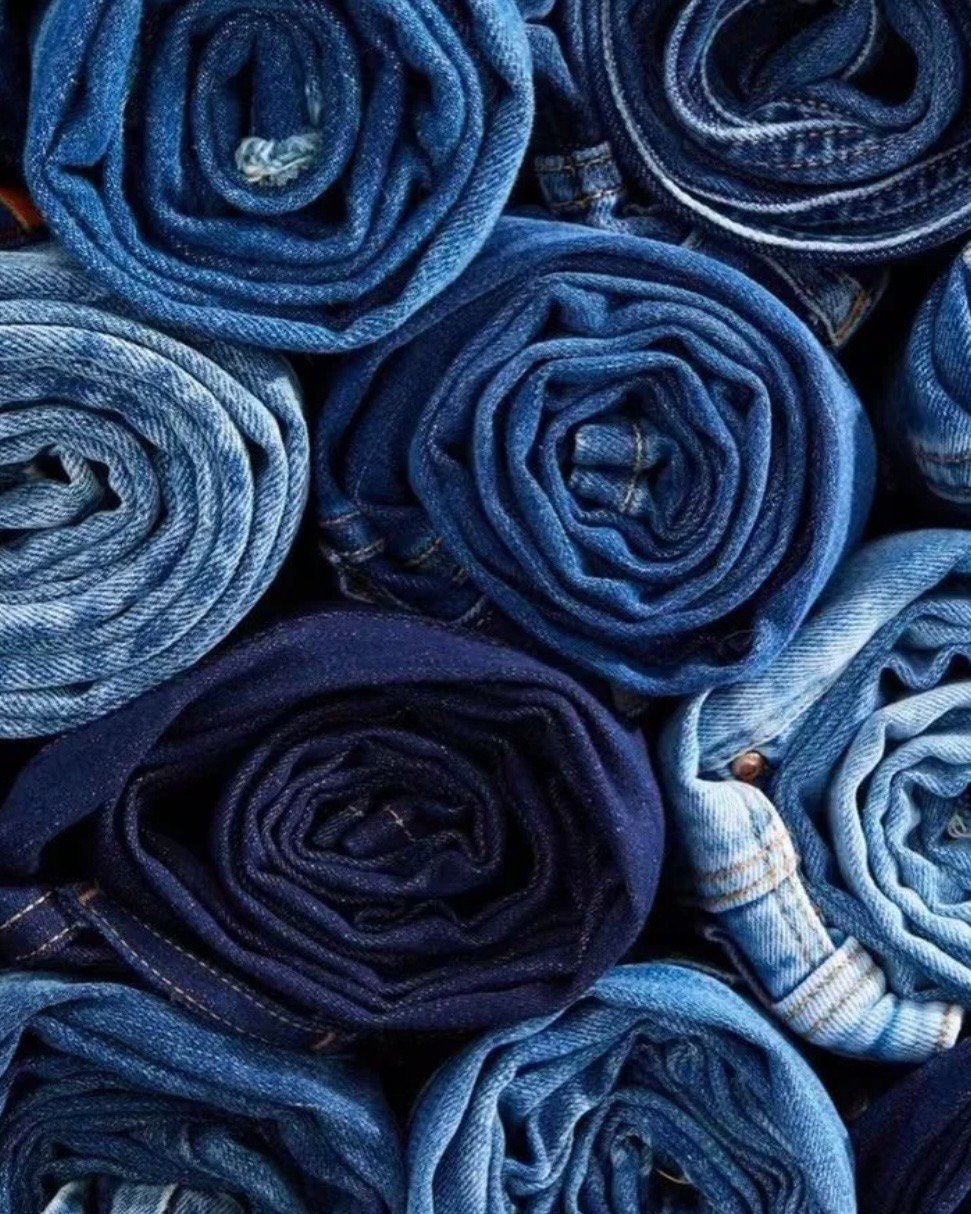
الدنيم
2. Origins and Evolution of Denim
Originating in the mid-19th century United States, الدنيم was crafted for workwear, serving miners and laborers due to its متانة. By the 20th century, it became a cornerstone of American culture, popularized through cowboy imagery and Hollywood. Today, الدنيم transcends جينز, appearing in jackets, skirts, and home textiles, symbolizing rebellion and style. Learn more at LYDenim’s blog on denim fabrics.
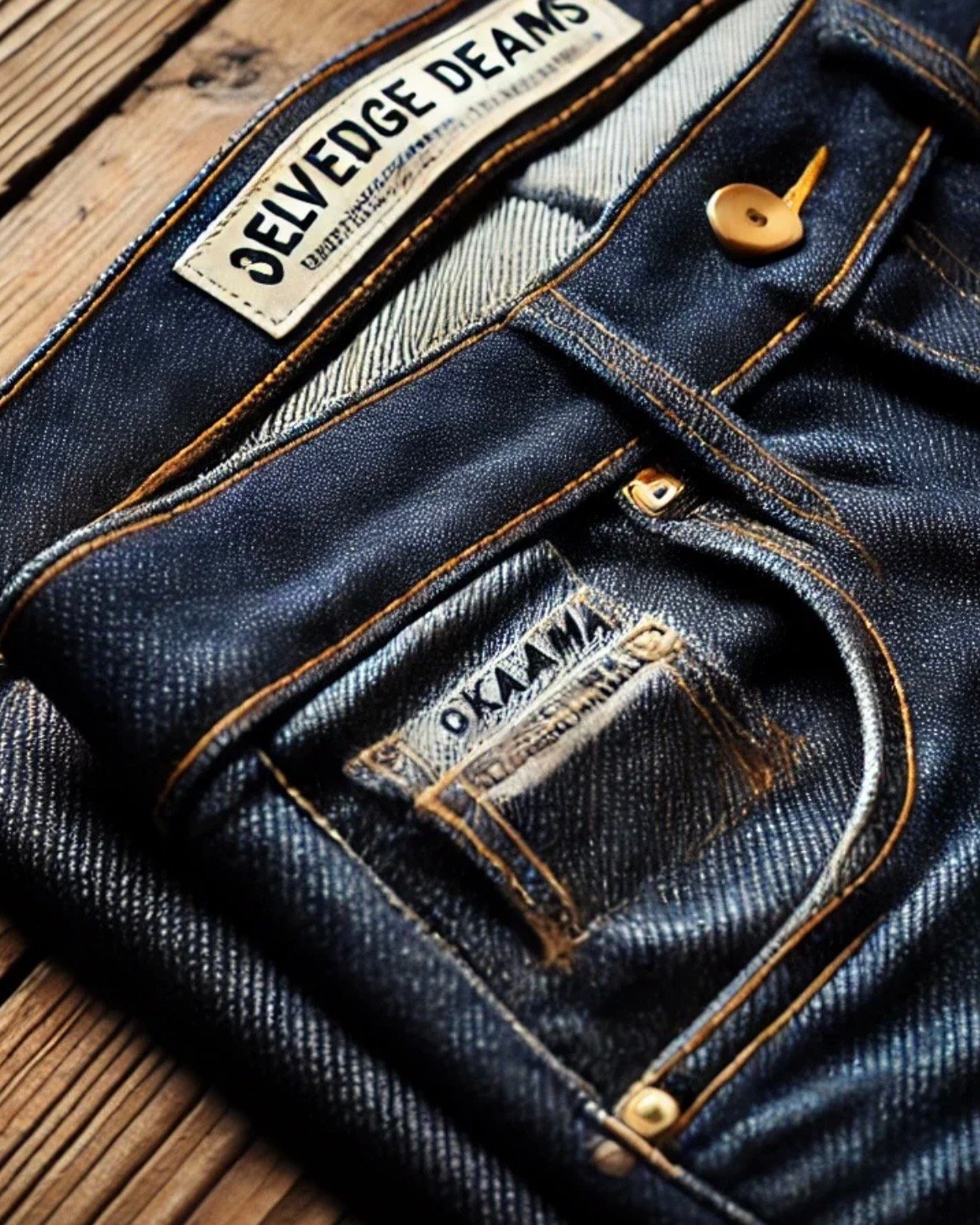
Evolution of Denim
3. Materials and Weaving Techniques
الدنيم is primarily made from قطن, offering breathability and comfort. Its weave structures define its texture and appearance. According to دليل نسج LYDenim, key types include:
- Right-hand Twill: Common, with diagonal ridges; feels rigid.
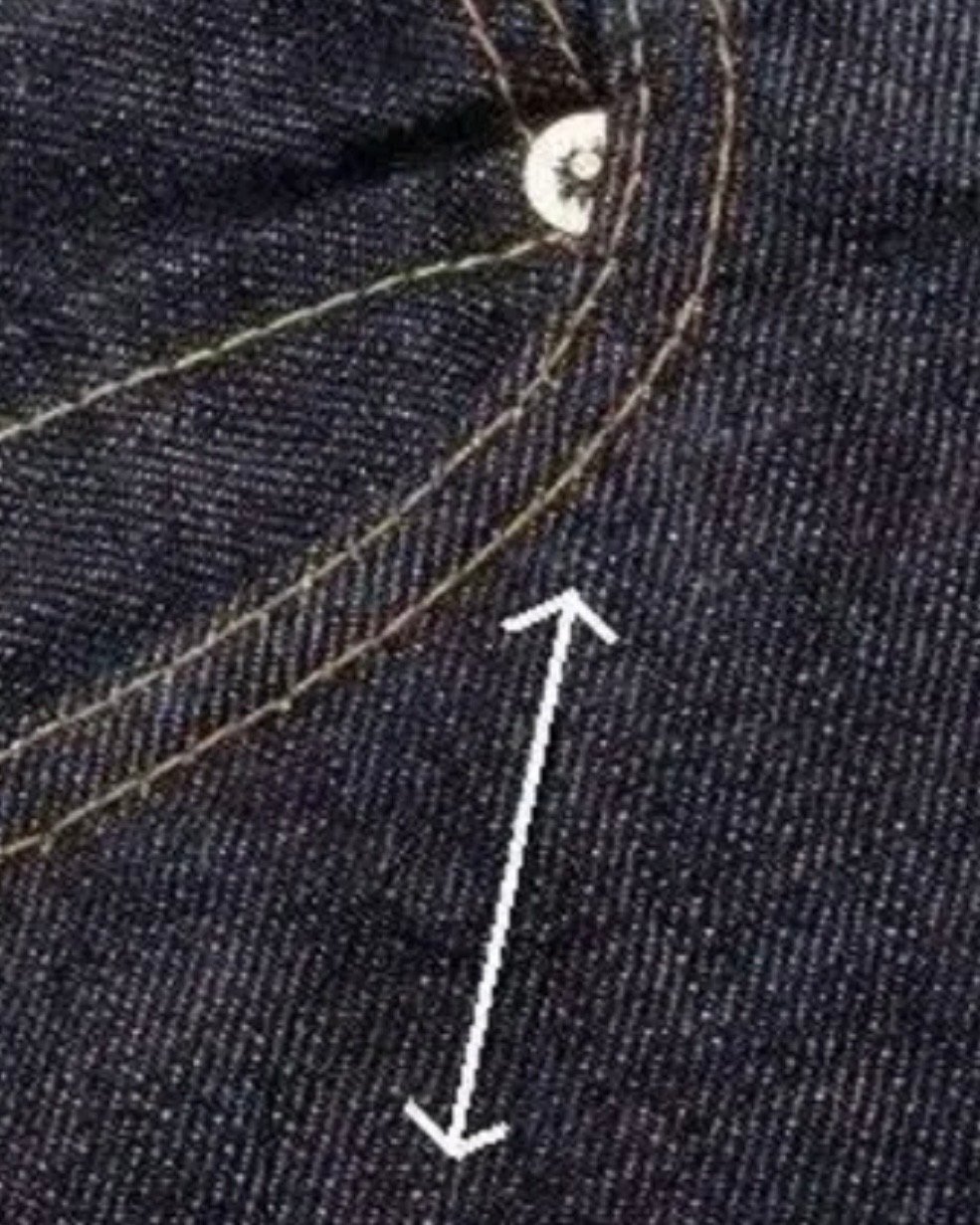
Right-hand Twill
- Left-hand Twill: Softer, with smoother fading.
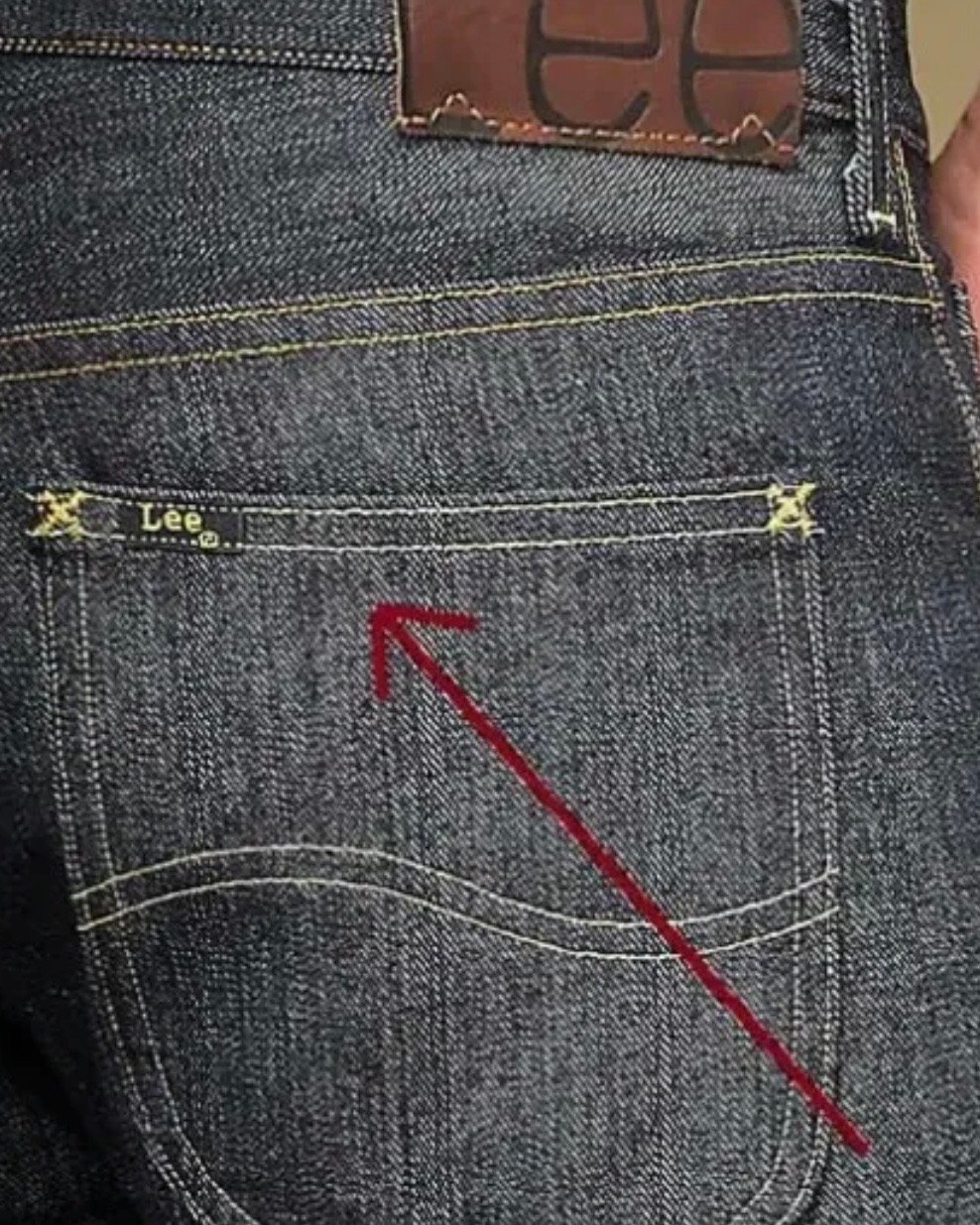
Left-hand Twill
- نسيج قطني مكسور: Zig-zag pattern, reducing fabric twist.
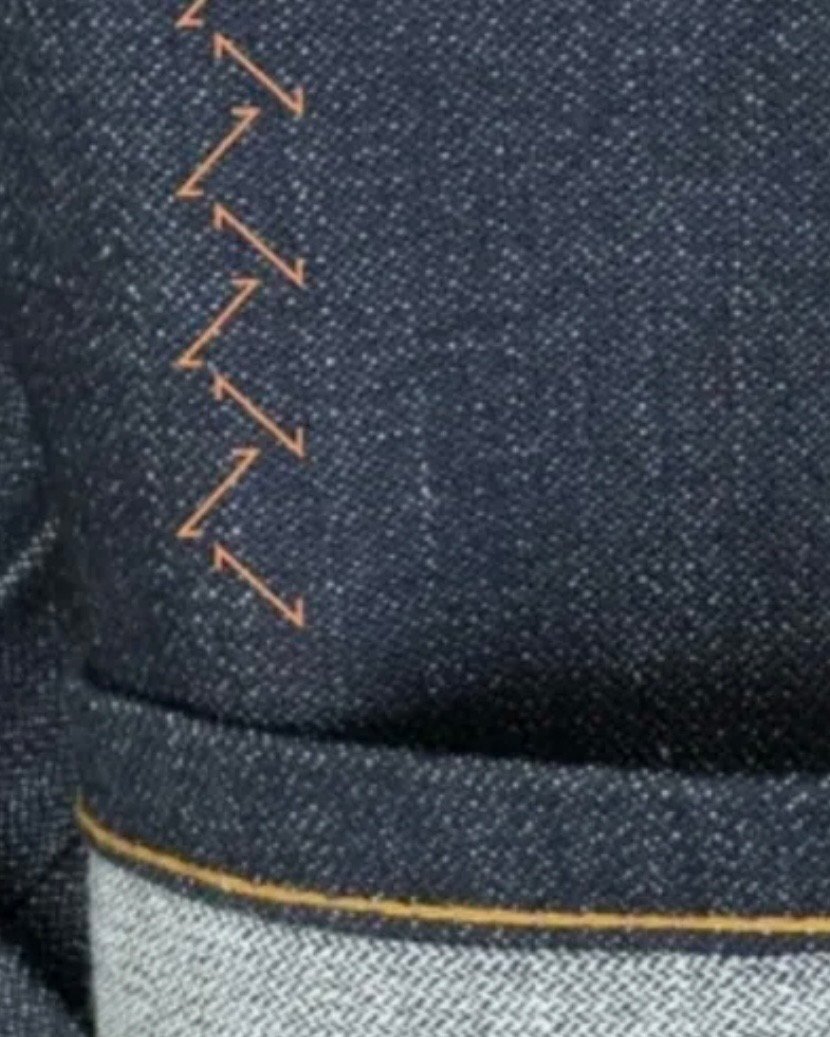
نسيج قطني مكسور
4. Major Types of Denim
Modern الدنيم varies to suit diverse needs:
- Classic Denim: Heavy, durable; ideal for جينز and jackets.
- جينز مطاطي: Cotton blended with elastane for flexibility; used in جينز ضيق.

Denim Stretch
- شامبراي: Lightweight, perfect for shirts and summer wear.

قميص شامبراي
- الدنيم الخام: Unwashed, stiff; valued for its بهتان فريد over time.

Types of Denim
5. Advantages and Disadvantages of Denim
الايجابيات:
- متانة: Twill weave ensures strength.
- التنوع: Suits casual and formal styles.
- Unique Aging: Fades create personalized patterns.
سلبيات:
- الانكماش: Cotton denim may shrink post-wash.
- Color Fading: Indigo dye bleeds easily.
- الوزن: Heavy denim can be uncomfortable in heat.
Explore more at LYDenim’s fabric pros & cons guide.
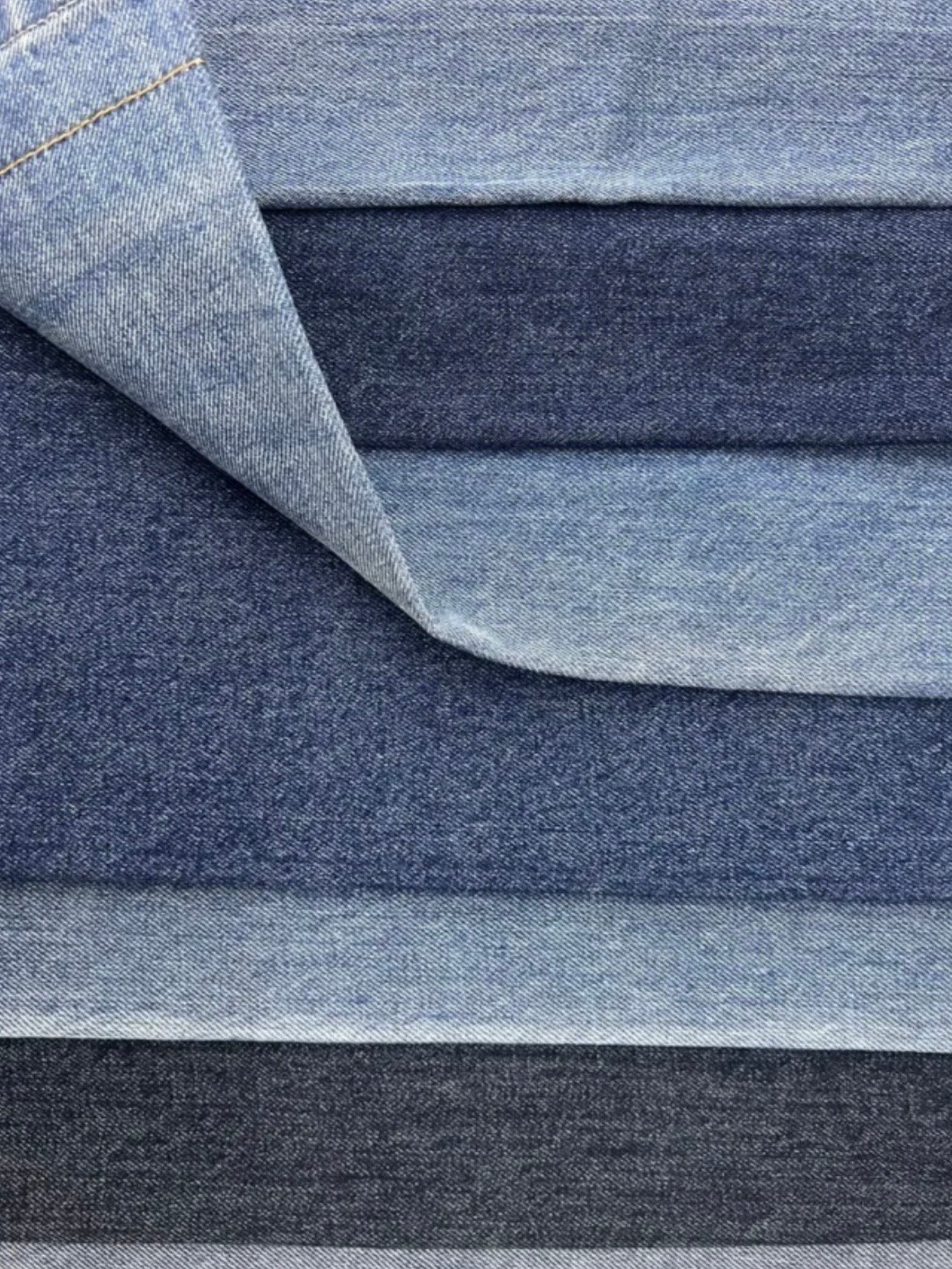
Advantages and Disadvantages of Denim
6. Denim Care and Maintenance
Proper care extends الدنيم’s lifespan:
- Wash sparingly to preserve color and structure.
- Use cold water (30°C–40°C) to minimize shrinkage.
- Turn جينز inside out to reduce fading.
- Air dry, avoiding direct sunlight or tumble dryers.

العناية بالدنيم وصيانته
7. Denim Shrinkage & Prevention Tips
الدنيم الخام may shrink 5%–10% after washing, per LYDenim’s shrinkage guide. To minimize this:
- اختر sanforized denim (pre-shrunk, under 3% shrinkage).
- Wash in cold water, avoiding hot cycles.
- Hang dry to maintain fit and structure.

8. Conclusion
الدنيم is a timeless قماش, evolving from workwear to a global fashion staple. Understanding its weaves, types, care, and shrinkage solutions empowers better choices for consumers and designers. Dive deeper into الدنيم في LYDenim’s blog.
